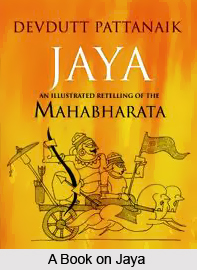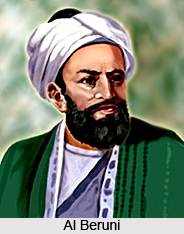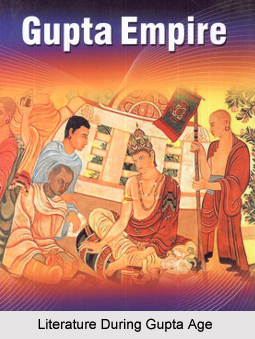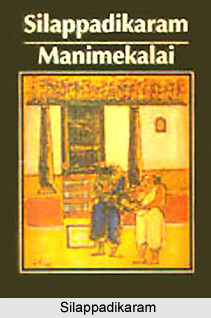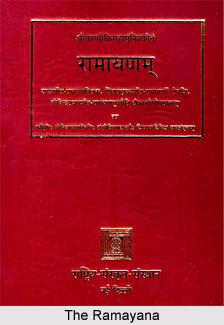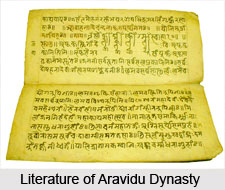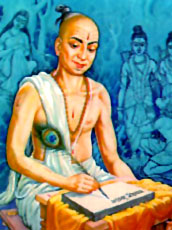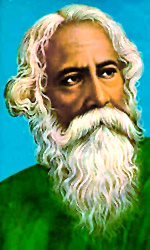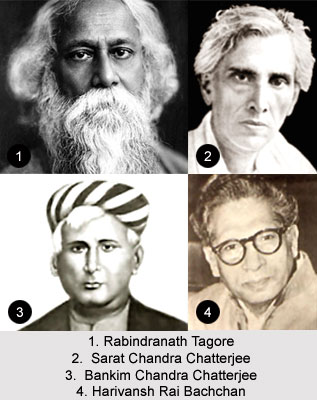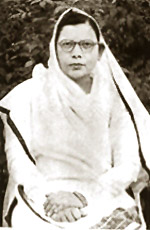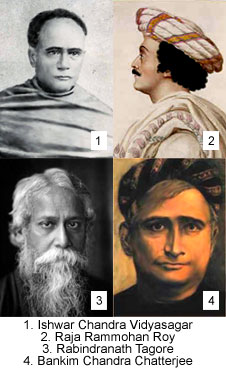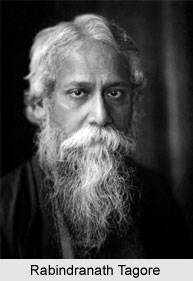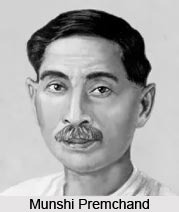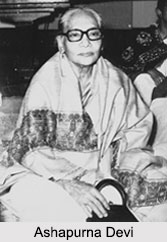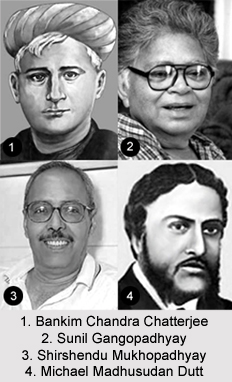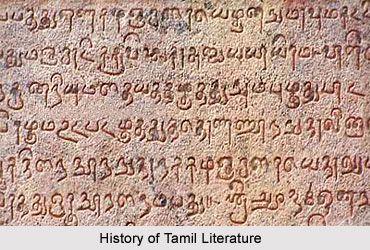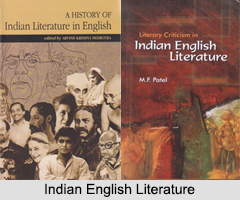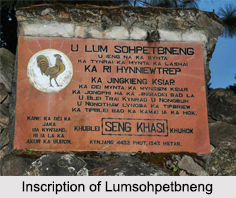 Lumsohpetbneng, popularly known as “Navel of the Earthâ€, is a very sacred Folktale of Meghalaya and also a religious folklore for the Khasi believers. Located on top of a hill, legend has it, that on this spot a golden ladder connected Heaven and Earth, God and Man.
Lumsohpetbneng, popularly known as “Navel of the Earthâ€, is a very sacred Folktale of Meghalaya and also a religious folklore for the Khasi believers. Located on top of a hill, legend has it, that on this spot a golden ladder connected Heaven and Earth, God and Man.
Lumsohpetbneng Peak is at a height of 1,344 m, and is near the Umiam Lake in Shillong, Meghalaya. This hill is situated about 25 kms from Shillong. Once a year, in the month of February the indigenous Khasi people gather at this place to conduct rites and rituals and offer prayers.
Story of Lumsohpetbneng
Like every people on earth the Khasis have their own story to explain the creation of the world, their origin, sin and redemption. According to them, "God" created a very beautiful world. He also created 16 families of human beings. They were staying with God in heaven. They used to visit the earth from time to time by means of a Golden Ladder situated on top of Lumsohpetbneng, the hill that connected Heaven and Earth. After every visit to the earth, the human beings used to go back to heaven, for that was their home.
One day, some of them asked God to allow them to come and settle down on the earth. They added that they would take care of the earth, look after it and bring order and keep justice. So God permitted 7 families to come and settle down on this earth. They are the Khasis, the first inhabitants of earth. The number 7 in Khasi is "hynniew", and hence the official name of the Khasis is "hynniew-trep" or "hynniew-skum" meaning 7 huts or 7 families. These first inhabitants continued to live on the earth happy and cheerful, until one day the evil one tempted them to cut down the Golden Ladder symbolized by a mighty tree on Lumdiengiei. Their reason was that if they did not cut it down its branches would grow so large that they would block out the rays of the Sun. So the hynniew-trep were convinced of the argument and started cutting the tree. They cut all the daylong and went to sleep at night. When they returned the next day, they found to their amazement that the tree was whole again. This carried on for several days. They were wondering how the cut area was becoming whole again. As they were wondering about it, one day a bird named "Phreit" agreed to tell them the secret provided they would allow it to eat the paddy from the paddy fields and the corn from the corn fields. Phreit therefore revealed the secret saying that a tiger used to come at night to lick the cut area, and that was the reason why the tree could not be cut down. So to prevent the tiger from licking the tree, the people kept the blades of the axes turned outward on the tree after their usual work of cutting. That night the tiger came as usual and licked the tree. Its tongue was so hurt that it ran away and never came to the tree again. And so the people could cut and fell the tree once and for all. When the tree fell, instead of having more Sunshine, the whole earth became covered with utter darkness. So a "Dorbar" (solemn assembly) was called. In it the people decided to approach God again to plead with him to allow the Sun to rise again. God agreed to it provided someone would sacrifice himself. No one, except the rooster (cock), came forward to sacrifice himself. God accepted the offer of the rooster and allowed the Sun to shine again thus bringing joy and happiness to the whole world. God also gave the cock the gift of rejoicing every time the Sun rose. That is the reason why the Cock crows every morning when the Sun rises.
Symbolic Interpretation of Lumsohpetbneng
The cutting down of tree is a symbol of sin and the Cock is the Eternal Symbol of the One who saved the Khasis from darkness.
